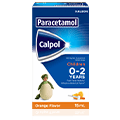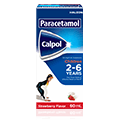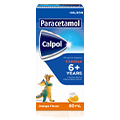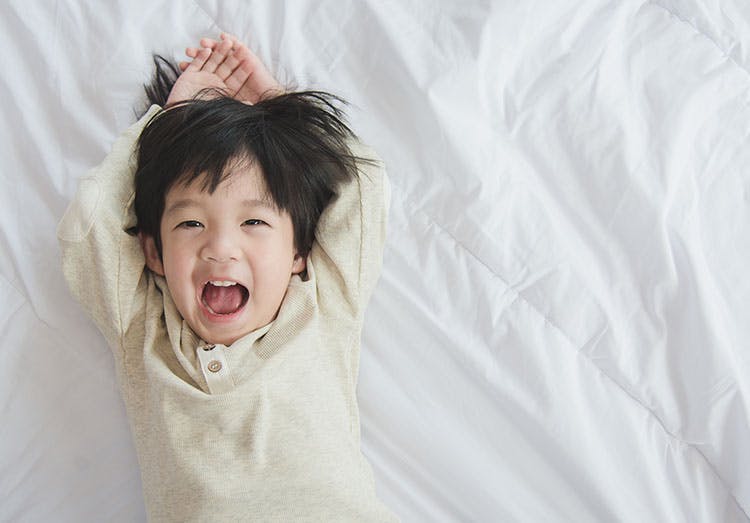

Paracetamol (Calpol®) for Children 0-2 Years Old

Paracetamol (Calpol®) for Children 2-6 Years Old

Paracetamol (Calpol®) for Children 6-12 Years Old

PanaCool
Compare Now (0/4)
- Product
- Format
- Age
- Key Features
- Ingredients

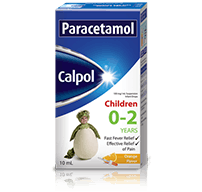
Paracetamol (Calpol®) for Children 0-2 Years Old
- Infant Drops Suspension
- 0-2 Years
- Fast & effective relief for fever and pain
- Paracetamol

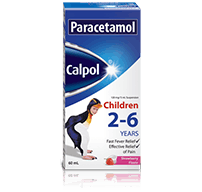
Paracetamol (Calpol®) for Children 2-6 Years Old
- Suspension
- 2-6 Years
- Fast & effective relief for fever and pain
- Paracetamol

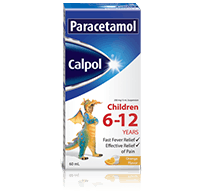
Paracetamol (Calpol®) for Children 6-12 Years Old
- Suspension
- 6-12 Years
- Fast & effective relief for fever and pain
- Paracetamol

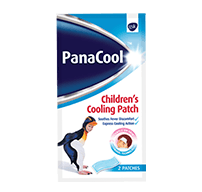
PanaCool Children's Cooling Patch
- Children's Cooling Patch
- 1-12 Years
- For express cooling action
- L-Methol, Tween 80, Sodium Polyacrylate, Glycerin, Tartaric Acid, Polyviny Alcohol, Sodium Polyacrylate Starch, Propylene Glycol, Methylparaben, Propylparaben, Polyvinylpyrrolidone, FD&C Blue No. 1, Purified Water
Minimise
Cold and Flu
More than 200 different viruses can cause a cold in children, but the rhinovirus is the most common culprit. The symptoms typically include runny nose, coughing and sneezing. It’s worth noting that a cold isn’t the same as the flu (influenza). Flu symptoms are more severe and can include a fever and shaking chills, aches and pains, lethargy and headaches.
COMMON COLDS IN CHILDREN AND HOW TO MANAGE IT
Few illnesses are more common than the cold. It can affect people of all ages, but infants and children catch colds more often than adults. Fortunately, there are steps you can take to make them feel more comfortable if you notice cold or flu symptoms. Children will typically catch 5-10 colds a year, with symptoms lasting around 10 days.39-41
Thankfully, coughs and colds in children are rarely serious, and most colds get better on their own without treatment.
What causes colds?
There are many causes and contributing factors such as:
- Viruses. There are over 100 varieties. The most common is the rhinovirus.40
- Direct transmission. Cold viruses stay active on the hands of a person with a cold for about three hours. If they touch another person, and the other person then touches their own eyes, nose, or mouth, the cold virus spreads.39
- Indirect transmission. Some cold viruses can live on surfaces such as countertops and doorknobs for up to two to three hours.40,42
- Inhaling viral particles. Viruses can be exhaled into the air by the infected person coughing or sneezing, and then inhaled by another person.39
The best way to avoid catching a cold is by frequent hand washing. It is also a good idea to keep children away from sick people and to clean household surfaces and toys with disinfectants.39,40
Tips to manage colds
When your child is displaying symptoms of a cold, making them feel better is your top priority. Here are four remedies that may help:
- Inhale steam from the shower. Avoid using a bowl of hot water as hot steam may burn the lining of the nose and the hot water can easily be spilled.41
- Try saline drops (saltwater nose drops) or a nasal spray (followed by bulb suction for infants) to ease breathing.43
- Make sure they drink plenty of fluids and get enough sleep.39,43
- Give them some soup – research has shown it may help with the inflammation in cold infections and temporarily clear nasal passages.41,43
Cough and cold medicine and certain flu remedies should not be given to children younger than six years old.
When to call the doctor
If your child experiences any of the following, you should seek advice from your doctor:44,45
- Refuses to drink fluids
- Vomits frequently
- Complains of an intense headache or earache
- Has difficulty breathing
- Has a persistent cough
- Coughs up rusty coloured or blood-stained phlegm
- Has a temperature higher than 38.5⁰C
- Shows no improvement in 48 hours
- Has muscular pains
- Has a skin rash
- Feels pain in the eye when looking at light.
In most cases, with a little tender loving care and plenty of tissues, the common cold in children will leave on its own.
.jpg?auto=format)

